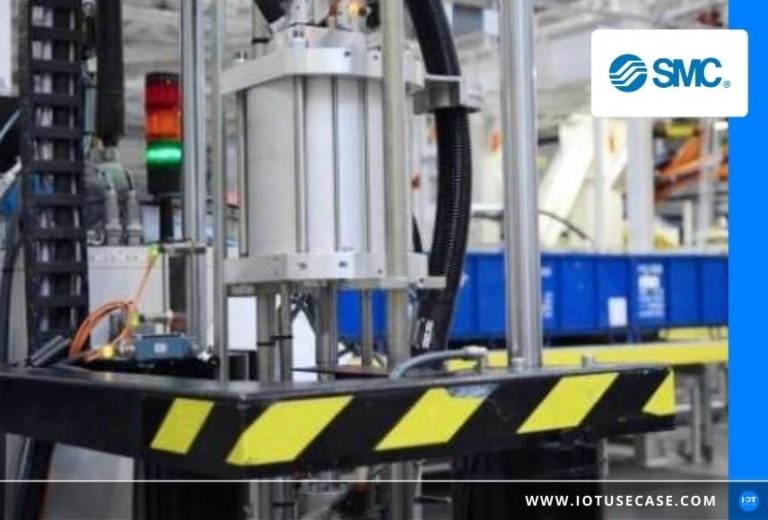In many companies from the manufacturing industry, it is unknown how high the energy demand of a single machine is in the entire production chain. The Internet of Things (IoT) provides a remedy: Sensors measure consumption at each input and send it to a platform for analysis.
The problem: Only rough consumption measurements for compressed air and electricity
In most companies, the consumption of compressed air, electricity and water is only very roughly determined. In most cases, only what compressor stations, energy meters and water meters feed into the respective systems is measured – in the case of electricity, for example, this means entire halls.
However, companies need metrics at the device level. This is the only way they can determine the consumption of individual machines or tools and derive measures to reduce costs and lower the carbon footprint. In addition, without precise measurements, trading withemission certificates cannot be implemented with any degree of certainty.
SMC Germany, a leading manufacturer of pneumatic and electric automation technology, offers its customers a simple solution that determines and analyzes the consumption of compressed air, water and other media at the device level. This provides companies with concrete figures for specific measures.
The solution: IoT meters at every energy input of the machine
In SMC’s solution, flow sensors for compressed air are installed at the inlet of the machine (maintenance unit). This enables precise consumption measurement. The solution is a system that uses sensors and is connected to the Industrial IoT (IIoT). It can be retrofitted to existing equipment at any time and requires no changes to the existing infrastructure and industrial controls.
In addition to the sensors, it consists of an industrial-grade, fanless, dust-proof edge server from Dell Technologies. Both components are connected to the edge server via standard protocols such as IO-Link or OPC UA. The uses Software AG ‘s IoT platform “Cumulocity IoT” as a data destination.
The edge server can use different types of connections to the IoT platform. This allows the server to send the data to the cloud version of Cumulocity via mobile connection or an existing internet connection. It is also possible to operate the platform in the company’s own data center. Finally, there is also a particularly secure variant: The data remains on the edge server and is evaluated there by a local instance of the platform.
On the platform, the real-time data is compared with historical data. In case of deviations, the operators or maintenance personnel receive a message. The alarms are displayed on a separate dashboard or automatically forwarded as a ticket to an existing ERP system. This creates an accurate time history of the consumption of compressed air. The system can be extended to include electricity and water with additional sensors to provide accurate statistics on total energy consumption.
The result: Consumption statistics reveal energy waste
Effective measures to reduce the carbon footprint must include all media consumed, including compressed air. This is because compressors consume electricity, so leaks, defective machines or operating errors increase electricity consumption and thus cause avoidable costs (and CO2 emissions).
IoT measuring devices at each machine inlet can clear up problems such as leaks in the compressed air system relatively quickly. In addition, users receive real-time data on machine status and can thus facilitate maintenance and servicing in the long term.











